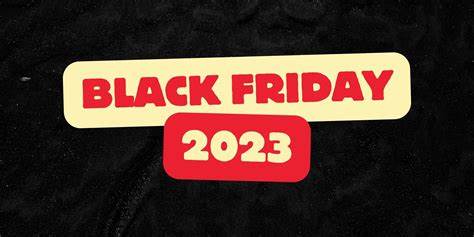As Black Friday and Cyber Monday approach, a dark underbelly emerges in the online shopping sphere. A report by Netcraft, a global fraud protection solutions company, has brought to light a disconcerting trend—fraudsters flooding the internet with fake online stores, resulting in a staggering 135% increase at the end of October 2023.
The holiday season, known for genuine discounts and irresistible deals, becomes a breeding ground for cybercriminals to exploit unsuspecting shoppers. The report outlines that these fake online shops either mimic the websites of luxury brands and established retailers or operate across multiple brands, all the while claiming to offer highly discounted goods.
The modus operandi of these cybercriminals involves creating deceptive fronts to capture payment details and other sensitive information. The data obtained can be directly exploited or sold to other nefarious actors in the cyber realm.
Netcraft’s research highlights a disconcerting reality: a 135% increase in fake retail sites blocked compared to the previous year, on top of a 63% increase over the year before that. This alarming growth signifies a doubling of the annual increase in the last 12 months.
These fake retail sites go beyond mere imitation; they include copies of authentic logos, trademarks, and products to enhance the scam’s credibility. Moreover, cybercriminals employ deceptive domains, registering names that closely resemble well-known organizations, with the aim of tricking users into believing they are interacting with a trustworthy website.
Read Also:
- SHAME: Two Policemen Arrested For Stealing Electronics (Photos)
- Anambra: Soludo Reveals Innoson Vehicle Will Be His Official Vehicles
- Newcastle United’s Sandro Tonali Takes a Cue from Nicolo Fagioli on Betting Scandal
To empower consumers in navigating this digital minefield, Netcraft offers key questions to discern the authenticity of online stores:
- Pricing Too Good to Be True: Fake shops often lure with extreme discounts of 50% to 95%, accompanied by imaginary old (possibly inflated) prices. This should raise suspicions, especially for brands that rarely offer legitimate discounts.
- Contact Details and Professionalism: Authentic stores provide geographic locations or phone numbers. The absence of these, along with generic and templated content in the ‘about us’ section, indicates malicious intent. Additionally, scrutinize the professionalism of the page design, as fake retail sites often mismatch brands and use pre-designed templates.
- Social Media Presence: Genuine online stores usually have active and authentic social media profiles. Fake shops may include social media icons that either don’t contain links or lead to fraudulent profiles.
- Domain Scrutiny: Fake retail sites frequently use deceptive domain names similar to well-known brands, including common misspellings, geo-based attributes, or deceptive additions like ‘sale’ or ‘discount’ to legitimate brand names.
As online shopping continues to surge—accounting for $5.7 trillion spent in 2022—cybercriminals are capitalizing on this digital landscape, committing nearly $41 billion in fraud during the same period. Vigilance and discernment are crucial for consumers to enjoy the holiday shopping season without falling prey to the lurking dangers of fake online stores.
Post Disclaimer
The opinions, beliefs and viewpoints expressed by the author and forum participants on this website do not necessarily reflect the opinions, beliefs and viewpoints of Anaedo Online or official policies of the Anaedo Online.

